Outdated Branding = Red Flag: If Your Look Feels Stuck in the ’90s, People Assume Your Thinking Is, Too
Even in 2025, with all the tools and resources we have available to us, I’m still seeing it from time to time: a brand that looks like it's stuck in the dial-up era. Perhaps it’s because the owner or founder is “too busy” to make a change. Doesn’t know where to begin. Or their business is still performing well enough that they don’t think there’s a problem.
You know what I’m talking about here - logos that scream clip art, websites that feel dial-up slow, color palettes that belong in a 1997 PowerPoint. My instant reaction? "Are these people even still in business?"
But gut-level doubt is exactly what your customers - or potential partners - feel when your brand looks like it hasn't evolved. And here's the thing: in 2025, that first impression is the difference between credibility and irrelevance.
The Psychology Behind First Impressions
Here's something wild. Research shows that 55% of a brand's immediate impression comes from visual design. Colors, fonts, layouts, the whole visual story you're telling. And get this: 94% of people admit they'll straight-up distrust a website just because it looks outdated.
There's actually a name for this, it’s called the “aesthetic-usability effect.” Basically, our brains make this instant connection: if something looks dated or clunky, we assume it IS dated or clunky, even when that's not necessarily true.
It's like judging a book by its cover, except in business, that cover is doing a lot of heavy lifting.
When Your Brand Signals "We've Stopped Evolving"
Prospects are increasingly unforgiving about outdated branding. In fact, 87% of buyers say they'll pay more for brands they actually trust.
Look at companies like Nike or even Microsoft. They're constantly refreshing their visual identity because they understand something crucial... they do so to reinforce their relevance. When your logo, website, or materials look frozen in time, you're essentially broadcasting "We've stopped evolving."
Whether your audience is scrolling your website or sitting in a boardroom, that's a dangerous message to send.
For B2B Companies, the Stakes Are Even Higher
Now, if you're in the B2B world, the pressure is intense. When another business is considering partnering with you, outdated branding suggests outdated thinking, outdated technology, maybe even outdated service delivery.
Think about it from their perspective: they're betting on a long-term partnership. Your branding becomes this shorthand for whether your company can actually keep pace with change. That's why you've seen massive companies pour serious money into modernizing their brand identities over the last decade. They get it. A dated image erodes confidence, even when the actual offering is rock-solid.
Are You Sending the Wrong Message?
Whether you're selling a service or a physical product, your branding is essentially a trust vehicle. Outdated design makes you look old and unreliable. For consumer brands, it costs you relevance and loyalty. For B2B companies, it undermines confidence in your ability to adapt and grow alongside your partners.
Looking current shouldn’t be considered as some nice-to-have luxury. Look at it as the price of admission for earning trust. So take a hard look at your brand through fresh eyes.
Because while you've been busy running your business, your brand might have been quietly eroding the trust you've worked so hard to build. Don't let outdated design be the reason people walk away before they even give you a chance.
